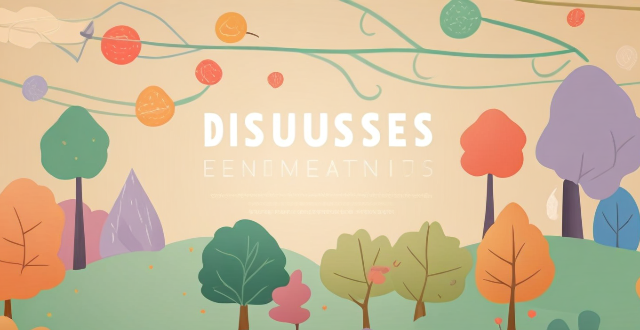This text discusses whether early specialization in sports can hinder the overall development of adolescents. It considers physical, psychological, and educational impacts, arguing that while early specialization may offer a path to athletic success, it can also lead to overuse injuries, psychological strain, limited social interaction, and neglect of education. The text advocates for participation in multiple sports during adolescence to promote more balanced and holistic development.

Can Early Specialization in a Single Sport Hinder Overall Development in Adolescents?
Early specialization in sports refers to the practice of focusing on one sport from a young age with the aim of achieving elite status in that particular discipline. While this approach may seem to offer a clear path to success, it raises concerns about its potential impact on the overall development of adolescents. This discussion will explore whether early specialization can hinder the holistic growth of young athletes.
Physical Considerations
Risk of Overuse Injuries
- Repetitive Stress: Continuous training in a single sport can lead to overuse injuries like tendonitis or stress fractures due to repetitive motions.
- Lack of Cross-Training: Without cross-training, young athletes miss out on developing complementary muscle groups, increasing vulnerability to injury.
Limited Physical Development
- Focused Fitness: Early specializers might achieve high levels of sport-specific fitness but could lack overall physical capabilities.
- Narrow Motor Skills: The narrow focus on one sport means fewer opportunities to develop a diverse range of motor skills.
Psychological Impact
Pressure and Burnout
- Performance Pressure: The intense focus on a single sport can create immense pressure for young athletes to perform.
- Increased Risk of Burnout: Specialization can lead to burnout, as the athlete might feel overwhelmed by the constant demand to improve.
Reduced Opportunities for Social Interaction
- Narrow Social Circles: A narrow sporting focus limits interactions with peers involved in other activities.
- Loss of Leisure Time: The time commitment required for specialized training reduces the time available for social and leisure activities.
Educational Consequences
Academic Priorities
- Time Trade-offs: Extensive training schedules can conflict with academic responsibilities, leading to lower academic performance.
- Educational Neglect: In extreme cases, early specialization may result in the neglect of educational pursuits in favor of athletic achievement.
Limited Life Skills
- Fewer Learning Opportunities: By not engaging in a variety of activities, young athletes may miss out on learning essential life skills such as time management and adaptability.
- Narrow Worldview: A singular focus on sports can limit exposure to diverse experiences that contribute to a well-rounded worldview.
Benefits of Multiple Sports Participation
Physical Benefits
- Well-Rounded Fitness: Engaging in multiple sports contributes to a more balanced level of physical fitness.
- Injury Prevention: Cross-training helps prevent injuries by allowing different muscle groups to recover while others are worked.
Psychosocial Advantages
- Enhanced Social Interaction: Participating in various sports broadens social networks and provides more opportunities for friendship.
- Reduced Pressure: Spreading efforts across multiple sports can alleviate some of the pressure associated with specialization.
Educational Rewards
- Improved Academic Performance: Balancing sports with academics can lead to better study habits and academic outcomes.
- Development of Transferable Skills: Participating in different sports teaches skills like teamwork, leadership, and perseverance, which are beneficial in all areas of life.
Conclusion
While early specialization in sports may seem appealing for those seeking quick athletic success, it can potentially hinder the overall development of adolescents. The risk of overuse injuries, psychological strain, limited social interaction, and educational consequences are all significant factors to consider. Encouraging participation in multiple sports during adolescence can contribute to a more balanced and holistic development, both physically and psychosocially, while still allowing young athletes to excel in their chosen sports.